| I absolutely love it when my garden comes to life and I am not just talking about the plants. After watering, fertilizing and occasional weeding, it is awesome to see other creatures enjoying the fruits of my labor. Earlier this summer on any given day, one could view bees, butterflies and hummingbirds feeding on the flowers. Each species seemed to have its favorites. The monarchs preferred the tithonia or Mexican sunflowers, dahlias and zinnias. The spicebush swallowtails also fed on the zinnias but seemed to gravitate toward the butterfly bush. The phlox has been known to draw in the hummingbird clearwing moths. The bumblebees, who were not picky, chose the dahlias, morning glories, sunflowers and more. As the growing season is coming to a close, those who visited the gardens during the summer have dwindled. Gone are the hummingbirds. The hummers dropped from a high of 10 or more down to two and now zero. Bee activity has fallen off. There are still a few bumblebees and honeybees still buzzing around, but nothing like the swarms that appeared earlier in the summer. The yellow jackets have all but disappeared with a few white-faced hornets taking their place looking for sugar water. However, different visitors have appeared The sunflowers have gone to seed and many birds took advantage of the fresh seeds. Goldfinches, chickadees, sparrows and even a bay-breasted warbler stopped by. In fact, some winter birds have started increasing their presence. Chickadees, titmice and some pine siskins filled up at the bird feeders. As the nights grow colder, the end of the growing season is quickly closing in. |
The site went on to say that the dates are 30 percent probability and were calculated using 1981-2010 climate normals. In other words, the dates are not set in stone. If one wanted to predict exactly when the growing season would end, it might be just as helpful to throw a dart at the calendar.
The almanac also offered a classification of freeze temperatures:
"Light freeze: 29 degrees to 32 degrees Fahrenheit — tender plants are killed.
Moderate freeze: 25 degrees to 28 degrees Fahrenheit — widely destructive to most vegetation.
Severe freeze: 24 degrees Fahrenheit and colder — heavy damage to most plants."
So far it seems that the area around my gardens has only seen a light freeze with just damage to the tops of leaves. However, lows at night continue to fall. There was frost the other morning when I awoke. I went to check an indoor/outdoor thermometer to get the temperature. Only to discover that Clem, the bloodhound, had chewed up the inside temperature monitor.
offered them to a friend for her fall wedding decorations. However, the overabundance quickly diminished when some curious canines picked and ate the pumpkins.
These were the same canines that wouldn't consume canned pumpkin when it was vet-recommended.
That's just the nature of things 'round here.
| I lament the end of the growing season. I have watched the dahlias, tropical hibiscus, Sunpatiens, begonias, osteospermums and other flowers grow, flourish and bloom. Some of the posies are ones I have nursed throughout last winter and then placed outside in the spring. When nightly lows dip into the low 30s, I relent and take as many plant indoors as possible. Inside there are grow lights that help to provide some illumination for the plants over the long dark winter. In my experience they do well for the first few weeks inside and then it seems like they take a turn for the worse. Leaves turned yellow and dropped off, blooms died and wilted. I feared the worse and that after all my efforts, the plants died. It did not help that several disorderly felines dug in the pots and attempt to provide additional "fertilizer" to the poor already suffering plants. Despite all the setbacks, hope returned when they were placed outside in the spring. The transformation was not overnight, but by the middle of summer the plants fully recovered and were roughly twice the size they had been before. Nevertheless, growing time is limited. Simply covering the plants will soon not be enough. The gardens will turn brown after the first severe freeze. |
| However, all is not lost. Fall brings the time to plant spring bulbs. An article on www.almanac.com by Catherine Boeckmann stated, "planting time for fall bulbs is usually late September to mid-October in northern climate so that bulbs can grow roots before the ground freezes. ... This gives them ample time to grow roots during winter in preparation for the spring show." As the trees put on a bright display, the plants that I can't take inside will soon be withered and brown. While it pains me to see the stalks, I leave them in their place. Experts say to leave the remains of the of the plants and garden debris over the winter for the insects and birds. Last winter, the birds enjoyed the old sunflower and tithonia stalks. They often perched in them and cleaned out any leftover seeds. Leaves and other dead plants helped some other outside posies survive a mild winter. |
Occasionally, a blossom will pop up. Sometimes a plant will fall victim to some unruly felines.
That's just the nature of things 'round here.
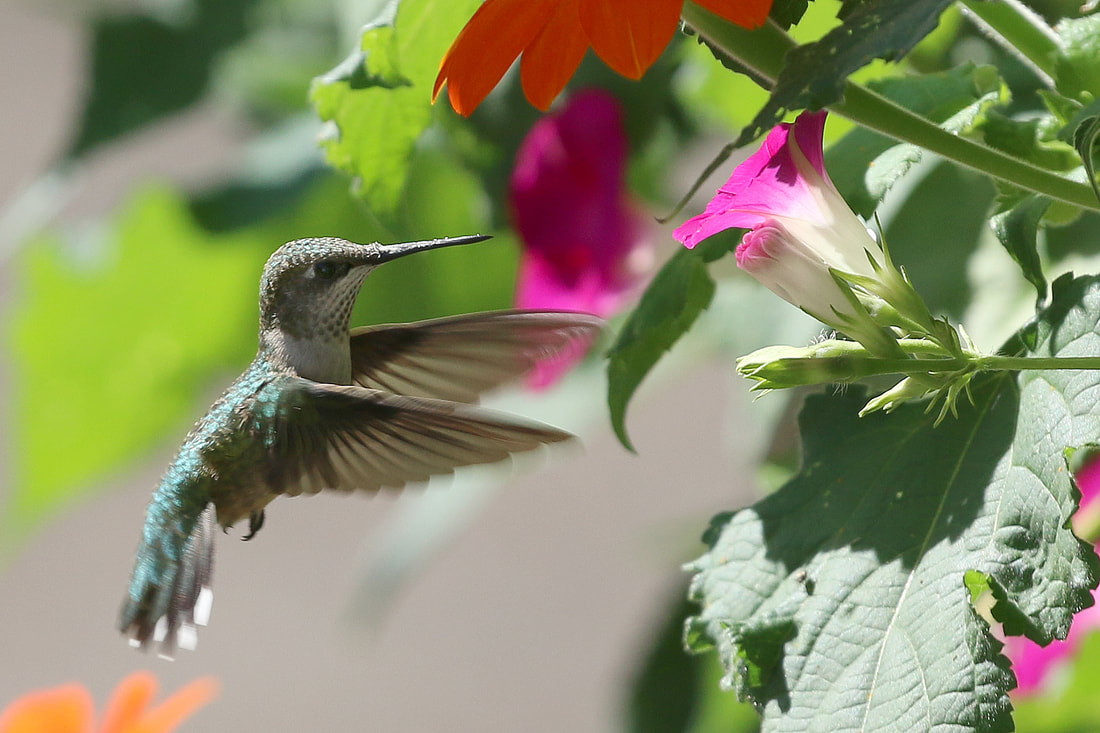
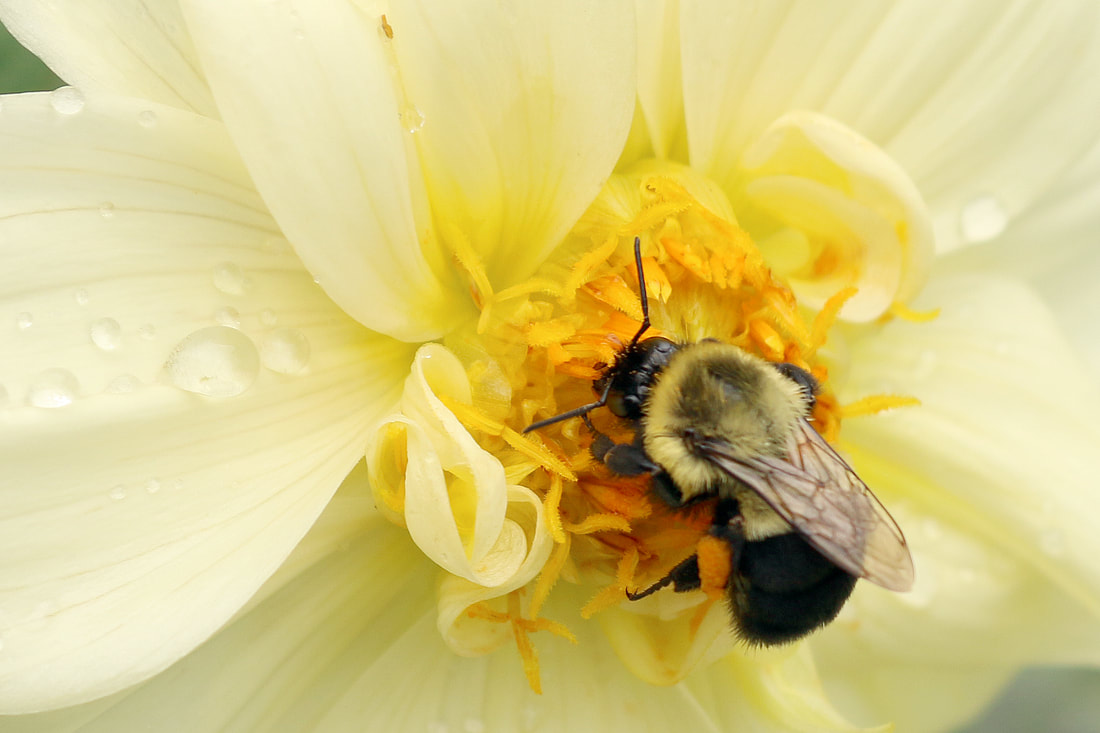
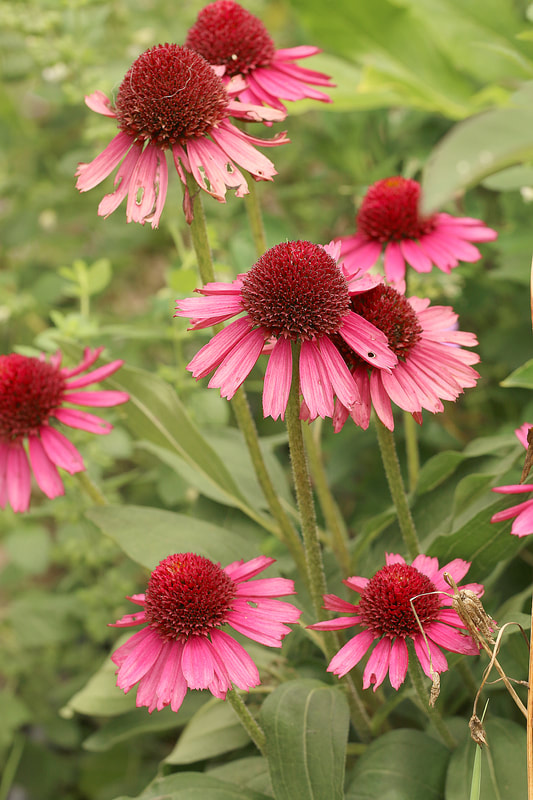

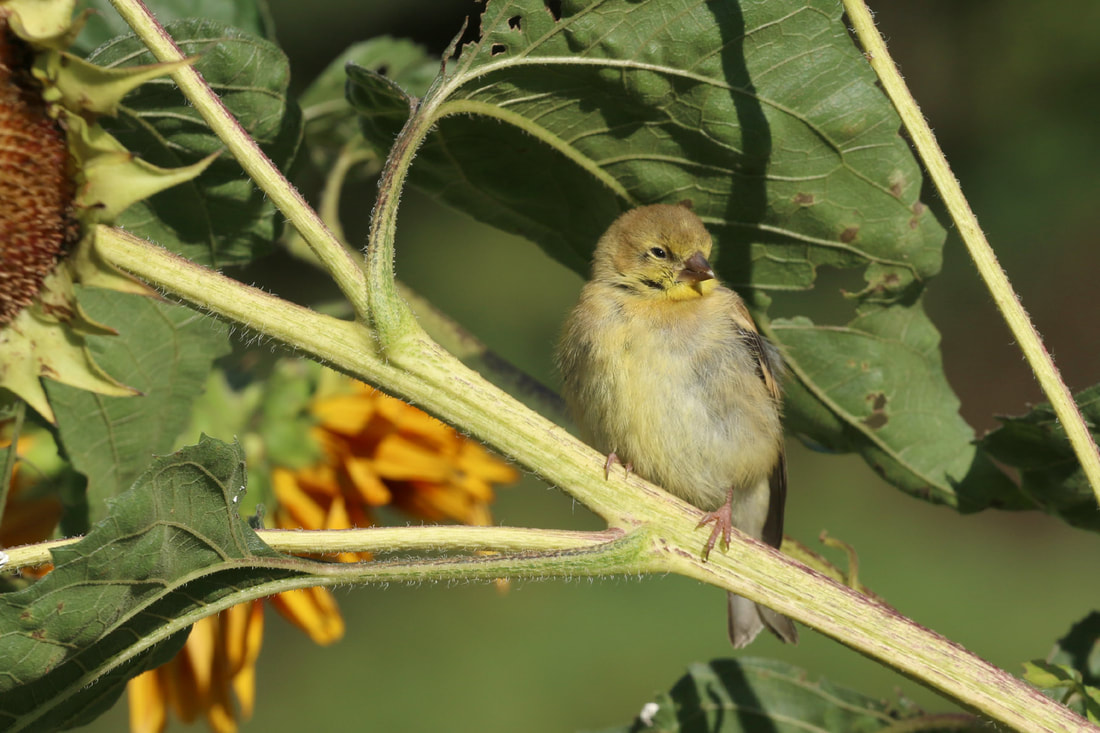
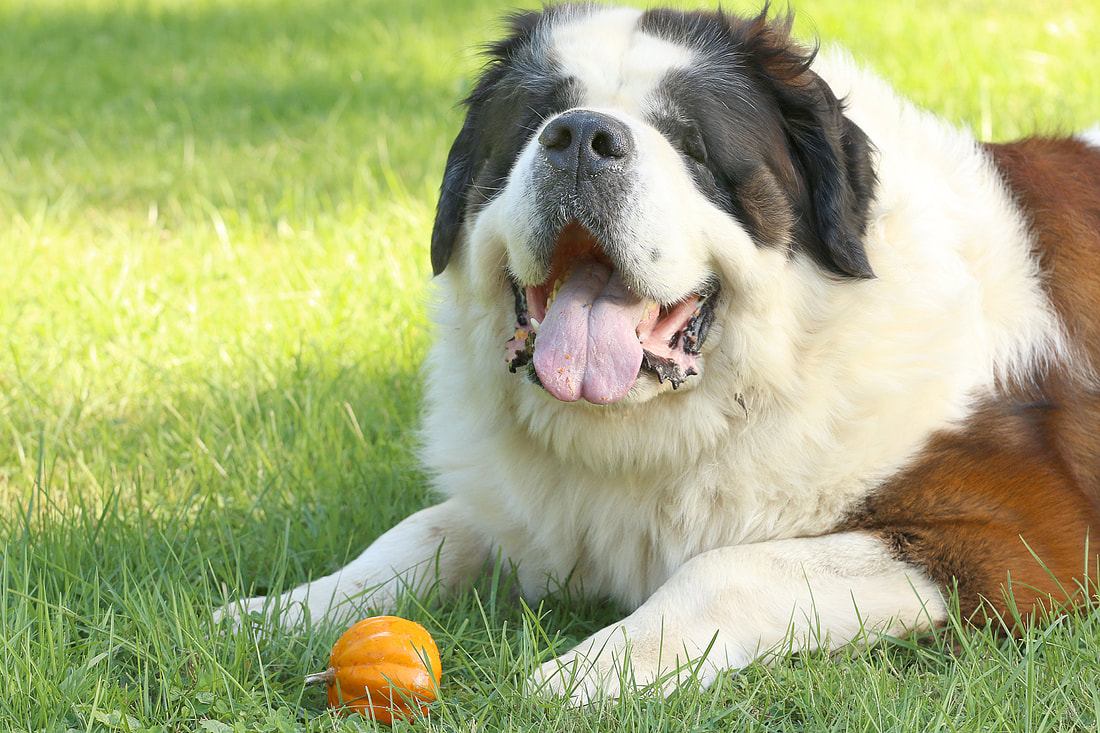
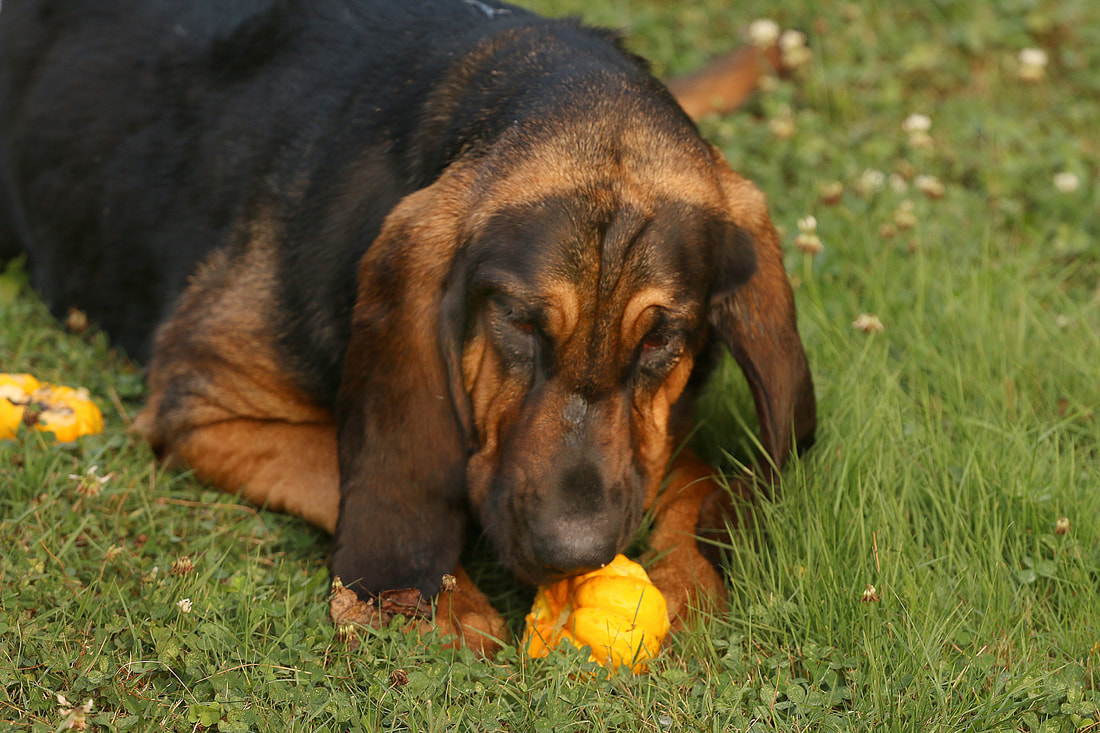
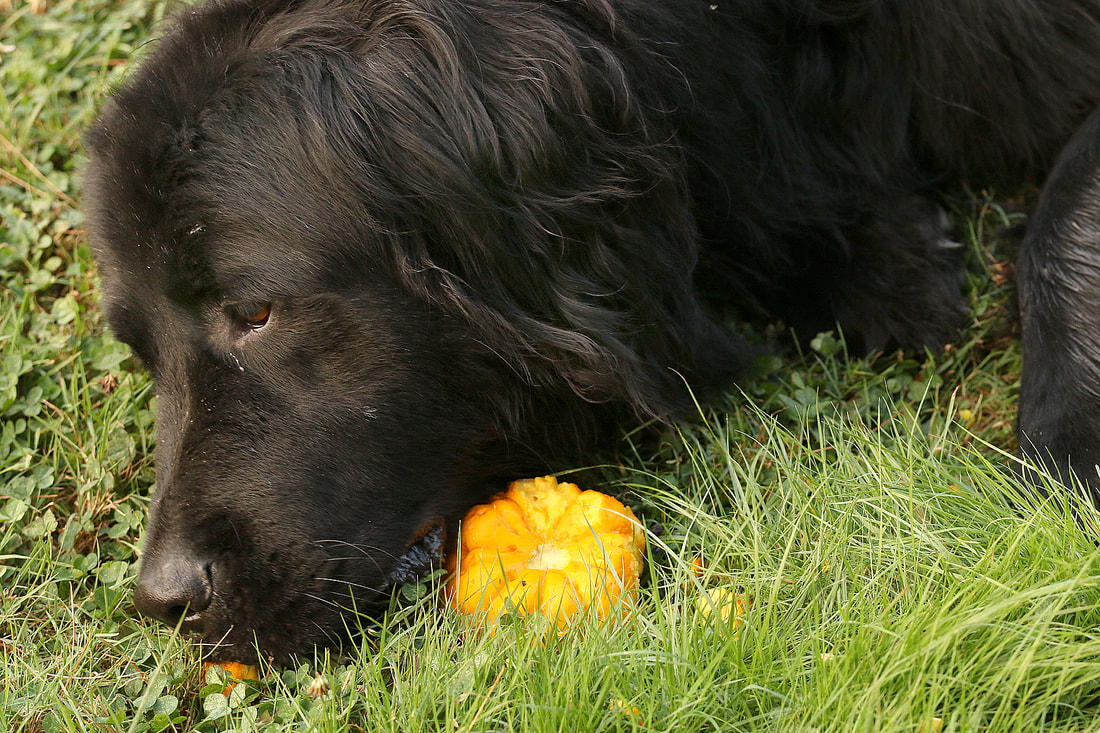
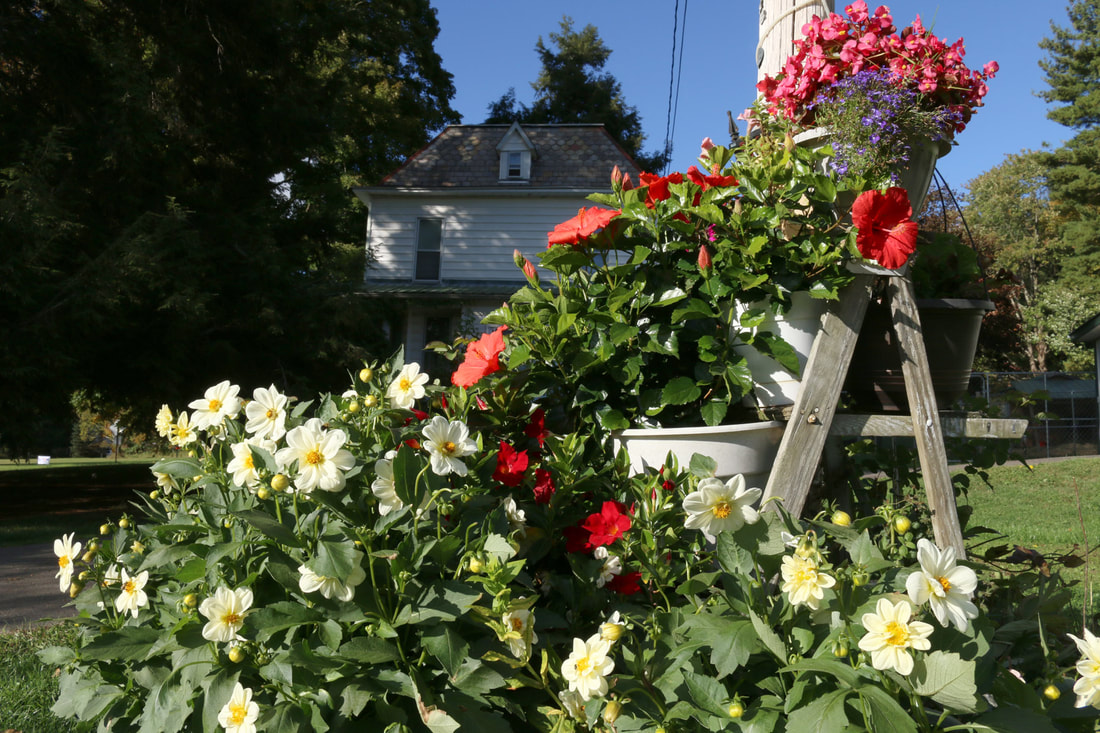
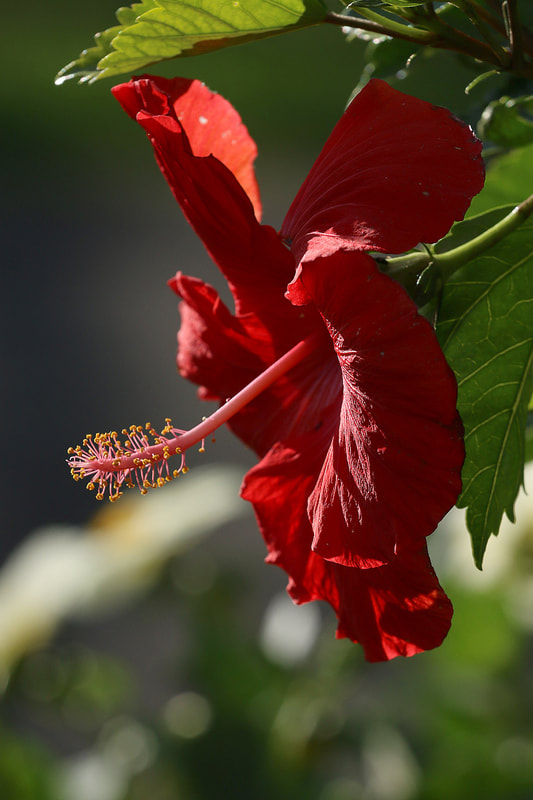
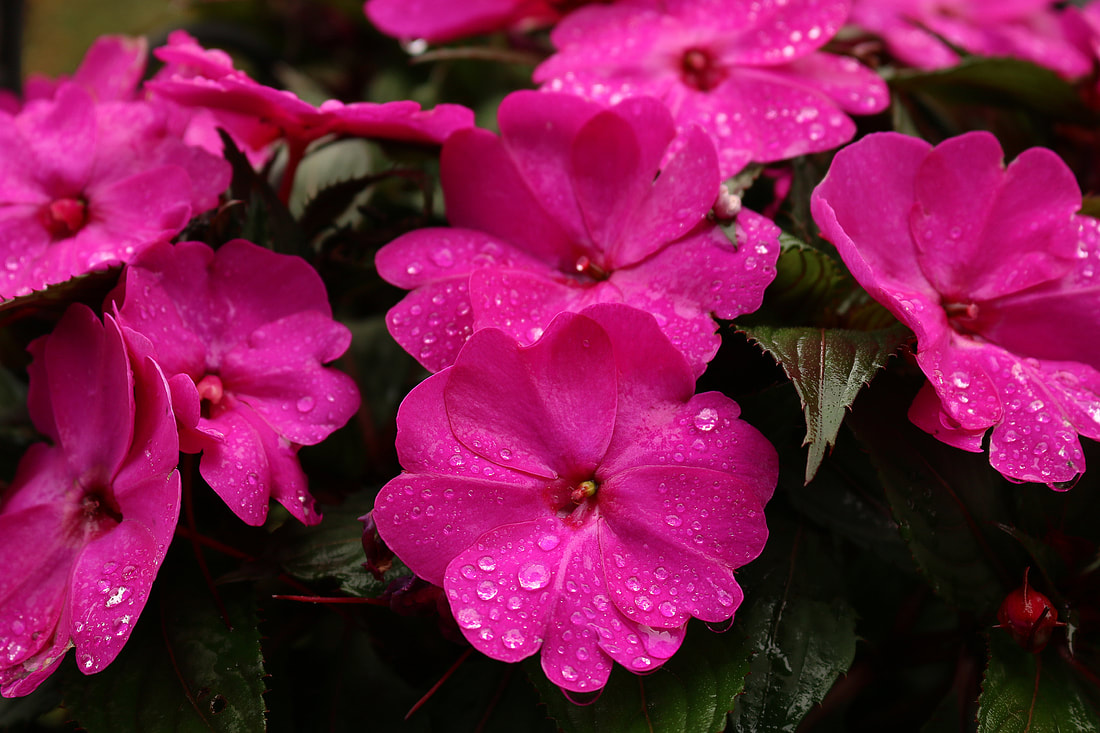
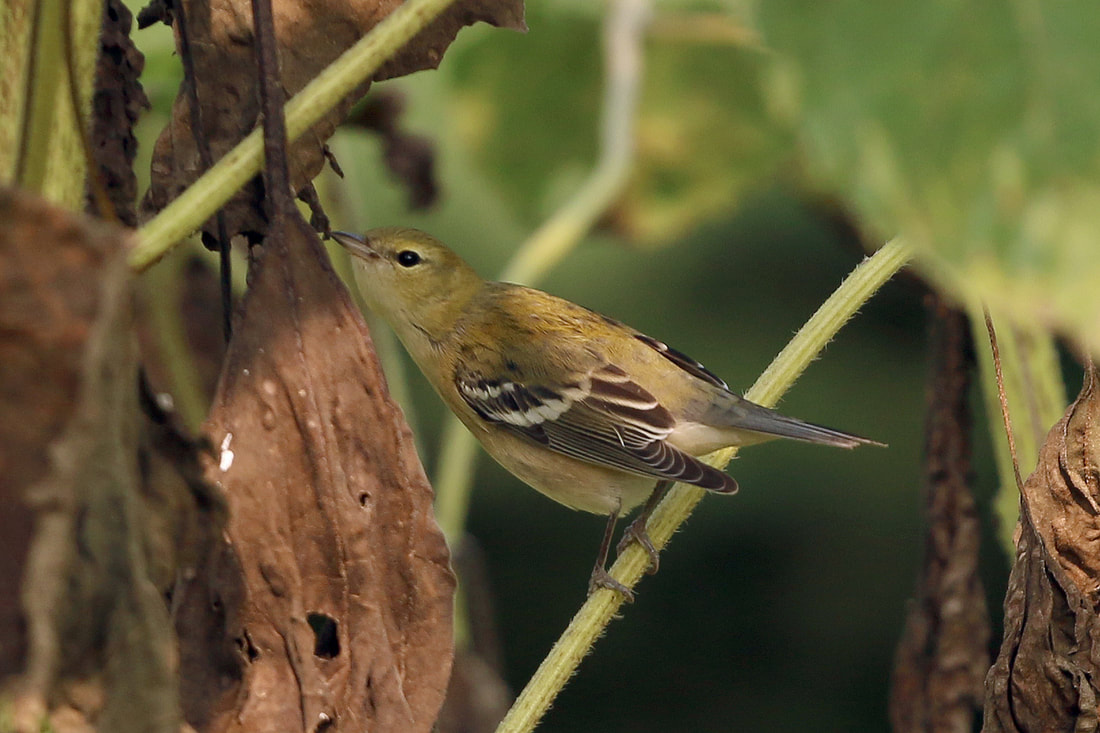
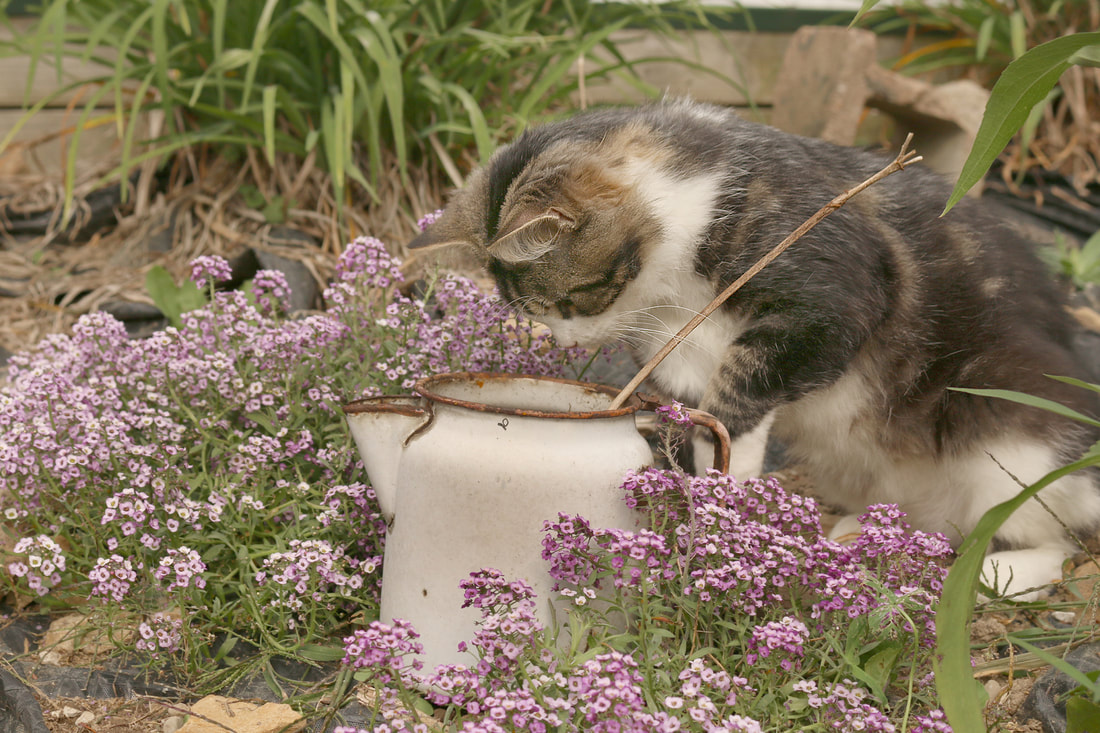
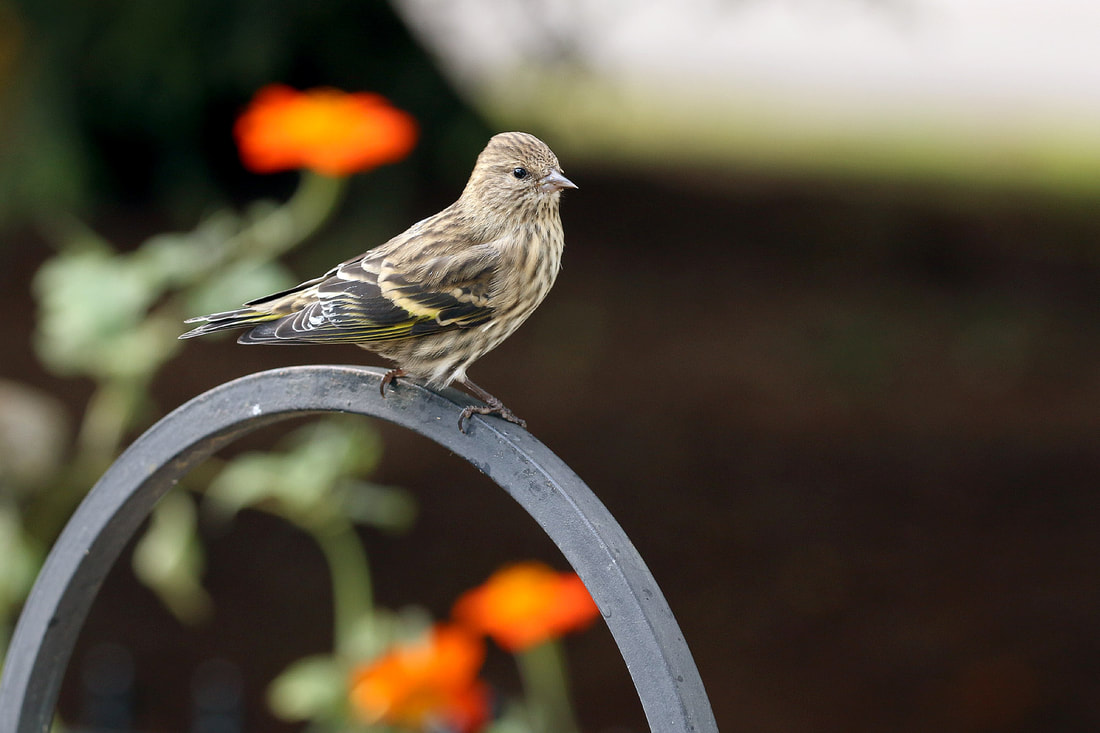
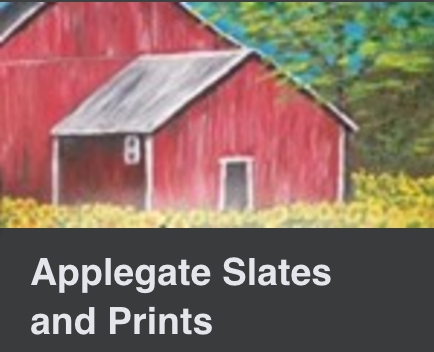



 RSS Feed
RSS Feed